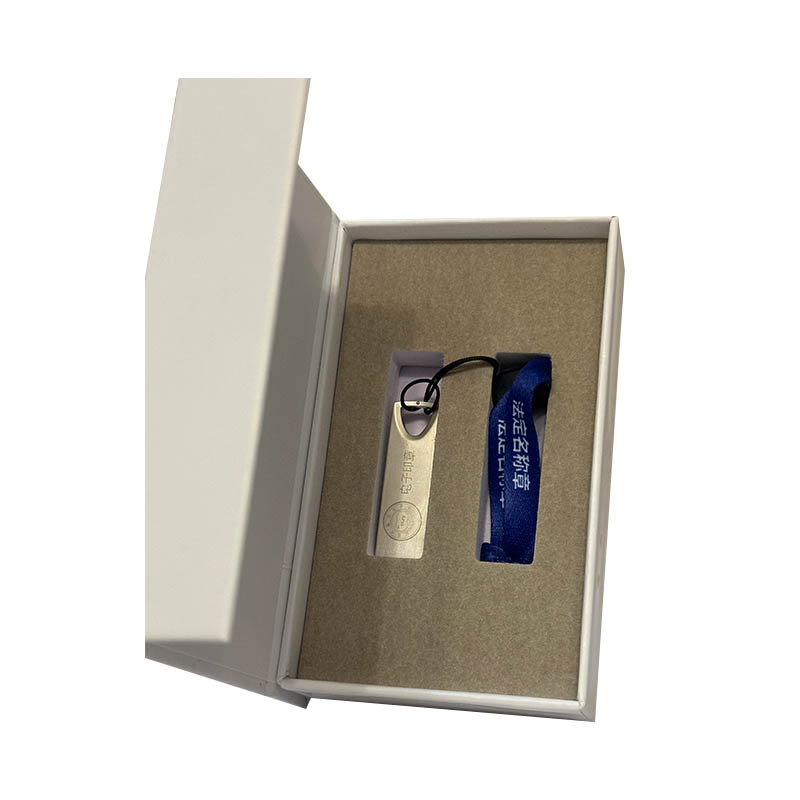
Electronic Seals: Secure Authentication Ensures Rock-Stable Information
Publish Time: 2025-11-18
In today's global digital age, traditional paper-based office practices are rapidly transforming into paperless and intelligent systems. As an indispensable authoritative credential in key business scenarios such as government affairs, finance, law, and corporate contracts, the ancient and solemn act of "stamping" has also ushered in a revolutionary form in the digital age—the electronic seal. Unlike simple image overlays or PDF signatures, modern electronic seals, with cryptographic technology at their core and relying on a nationally recognized digital certificate system and trusted identity authentication mechanism, have achieved a leapfrog breakthrough, achieving "legal validity equivalent to physical seals and a security level far exceeding traditional seals." This article will delve into how electronic seals, through multiple security safeguards, ensure the "rock-solid" security of stamped information from five dimensions: technical architecture, security authentication mechanism, legal validity guarantee, application scenarios, and future development trends.



